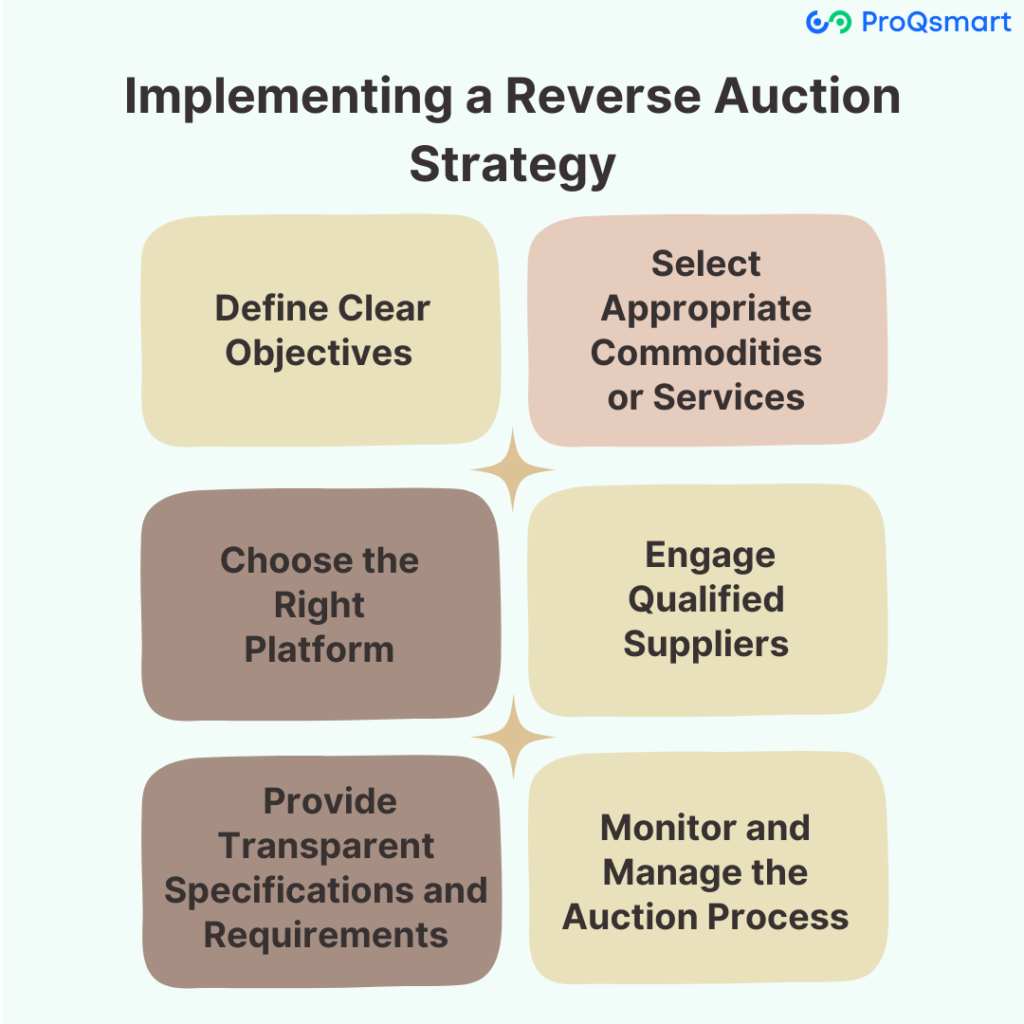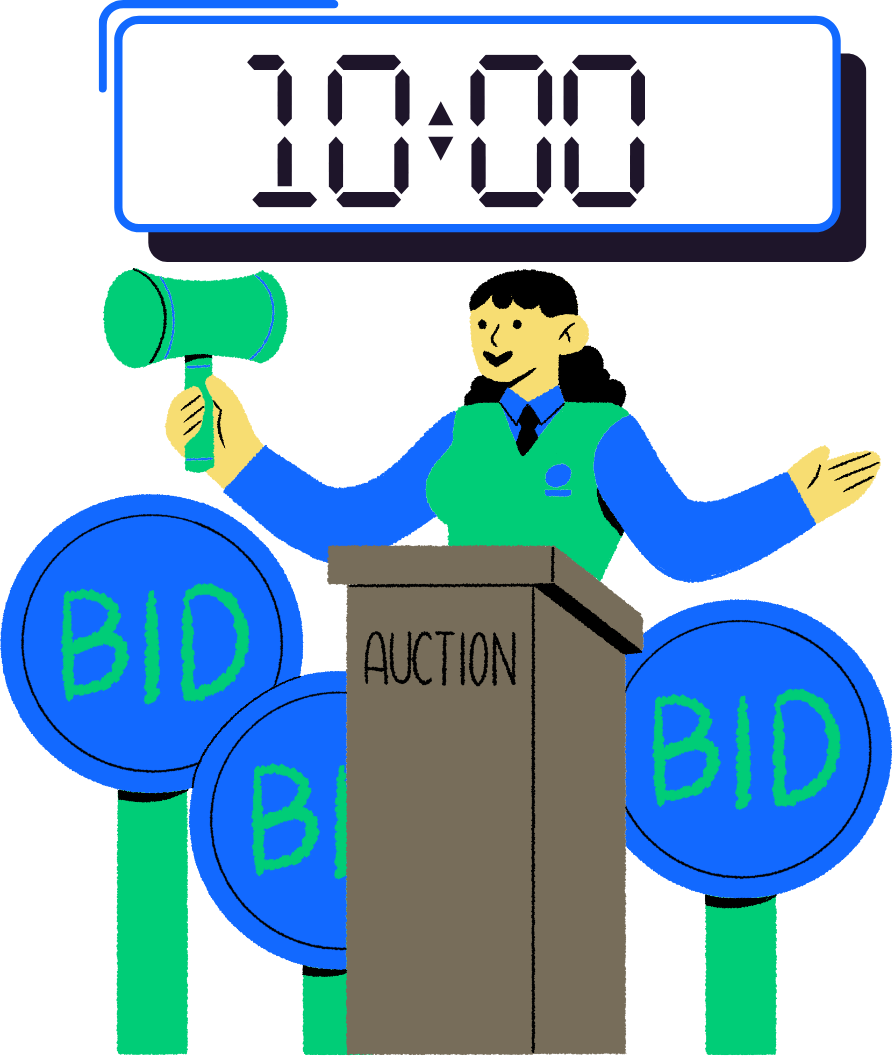In the competitive landscape of procurement, finding innovative strategies to reduce costs while maintaining quality is paramount. One such strategy that has gained traction for its effectiveness in driving down procurement costs is the reverse auction. This blog explores the concept of reverse eauction strategy, its benefits, and how businesses can implement it to enhance their procurement processes.
Understanding Reverse Auctions
A reverse auction is a procurement method where suppliers compete to win business by bidding lower prices for their products or services. Unlike traditional auctions, where buyers bid up the price, reverse auctions see prices going down as suppliers underbid each other to secure the contract. This process fosters a competitive marketplace environment, leading to potentially lower procurement costs for the buyer.
Benefits of Reverse Auction Strategy
1. Cost Reduction: The competitive nature of reverse auctions drives down prices, allowing businesses to reduce procurement costs.
2. Market Efficiency: It provides a transparent and efficient way to determine the market price for goods and services.
3.Time Savings: Reverse auctions can be quicker than traditional procurement processes, reducing the time from sourcing to contract award.
4. Access to a Wider Supplier Base: Online reverse auctions give businesses access to a global pool of suppliers, increasing competition and potentially leading to better offers.
Implementing a Reverse Auction Strategy

1. Define Clear Objectives
Before starting a reverse auction, it’s crucial to have clear goals. Are you aiming for the lowest price, best value, or a combination of factors?
2. Select Appropriate Commodities or Services
Not all goods or services are suitable for reverse auctions. Ideal candidates are those with well-defined specifications and a competitive supplier market.
3. Choose the Right Platform
Utilize a robust online auction platform that supports real-time bidding and provides comprehensive analytics and reporting capabilities.
4. Engage Qualified Suppliers
Ensure that the suppliers invited to the auction are capable of delivering the required goods or services and are familiar with the reverse auction process.
5. Provide Transparent Specifications and Requirements
Clear communication of the project’s scope, specifications, and evaluation criteria is essential to a fair and competitive bidding process.
6. Monitor and Manage the Auction Process
Actively manage the auction to address any issues promptly and ensure a smooth and fair process.
Challenges and Considerations
While reverse auctions can offer significant benefits, they are not without challenges. Potential risks include supplier dissatisfaction due to price compression, quality compromise for lower costs, and the need for a robust technological platform to conduct the auction. Companies should weigh these factors and consider long-term relationships and total value, not just the initial cost savings.
Conclusion
The reverse auction strategy offers a compelling method for businesses to optimize their procurement processes, reduce costs, and enhance efficiency. By carefully planning and executing reverse auctions, companies can reap significant financial benefits while fostering a competitive and transparent procurement environment. With the right approach and tools, reverse auctions can be a strategic asset in the procurement arsenal, contributing to overall business success.
FAQs
What types of products or services are best suited for reverse auctions?
Products and services that are best suited for reverse auctions typically have well-defined specifications, a high level of standardization, and a competitive supplier market, allowing for clear comparisons between bids.
Can reverse auctions be used for all procurement activities?
Reverse auctions are not suitable for all procurement activities, particularly when the products or services are highly complex, customized, or when there is a limited number of qualified suppliers.
What steps should a company take to prepare for a reverse auction?
Preparation steps include defining the auction’s objectives, selecting appropriate goods or services for the auction, ensuring a competitive supplier base, setting clear specifications and criteria, choosing a reliable auction platform, and training participants in the auction process.
How do companies ensure fairness and transparency in reverse auctions?
Companies can ensure fairness and transparency by providing detailed specifications and criteria to all suppliers, conducting the auction on a reputable and secure platform, and maintaining open communication with all participants before, during, and after the auction.
What are the common pitfalls in reverse auction strategy?
Common pitfalls include focusing solely on price rather than total value, damaging long-term supplier relationships due to aggressive price competition, and insufficient preparation or understanding of the auction process, leading to suboptimal outcomes.
How can reverse auctions impact supplier relationships?
While reverse auctions can lead to cost savings, they can also strain supplier relationships if not managed carefully, especially if suppliers feel that price is the only factor considered, neglecting quality, service, and long-term partnership potential.

Leave a Reply